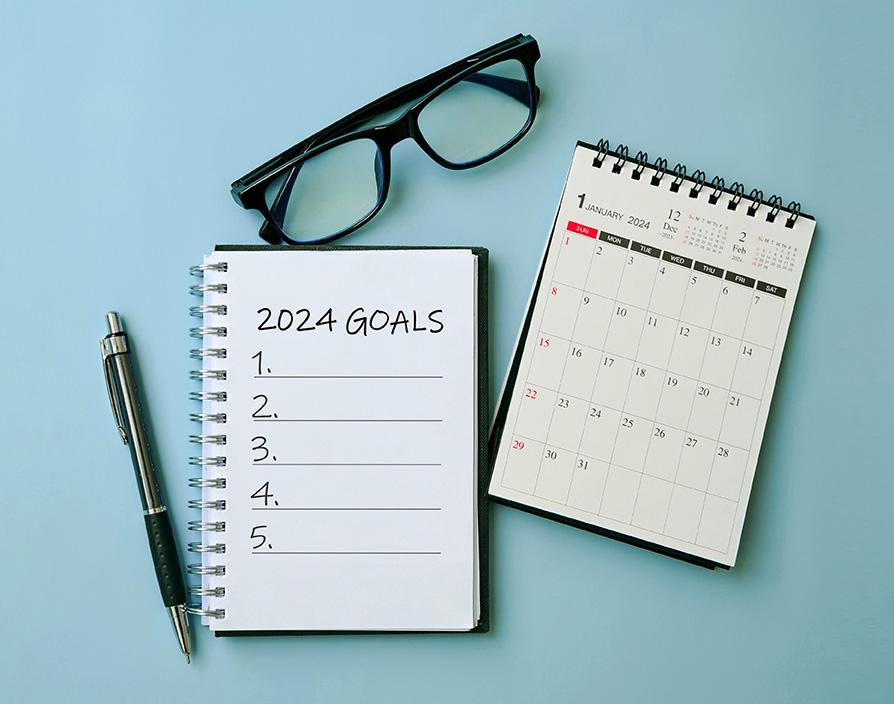A recent study, revealed that over half of respondents (53%) said the New Year represents a new start when it comes to work. Whilst this “New Year, New You” mindset can propel career change, the key to achieving desired goals is a clear development plan.
CEO of sales consultancy inspir’em, Emma Maslen believes every individual looking to progress their career trajectory in 2024 should design a Personal Board. However, before you can get started, it’s imperative you set out what you are hoping to achieve.
To establish the most relevant Personal Board, you first need to define your destination. The objectives or goals you set at the beginning of the year for your development will then determine the actions and people needed to cross the finish line. For example, if your goal is to swim the English Channel, it’s no good having a Personal Board comprising only corporate executives – you might want to consider a swimming coach first!
Setting objectives doesn’t need to be perfect. They will also likely change over time, but it’s important to start somewhere and have a few thoughts written down. Personal development plans that take months to build and end up becoming so onerous that the process of goal setting sometimes ends up hindering any practical progress.
To arrive at a basic plan for your direction, below is a four-step process to allow you to design a Personal Board accordingly for 2024.
Step 1: Recognising your future state
To get started, think first about how you would like your future state to look. Don’t agonise over perfecting your ideas – simply brainstorm and let everything flow. Your future state is about where and how would you like to be in the future.
For example, if something could be different, what would this be?
When you are brainstorming these ideas, think both personally and professionally. Also, try to use words that add emotion to your thoughts. The ‘Why?’ should help spark some emotion, but think about how you could visualise the future to make it more real for you.
Step 2: Identifying your happiest workdays and potential passions
Often, when I ask people about their passions, some have never articulated theirs out loud. This is often a product of the environments we work in today. Our passions often conflict with the work we are doing or with the egos around us, so we keep them hidden.
It’s important to recognise that your passions are your motivators, delivering your happiest workdays.
Think about what makes you jump out of bed early in the morning. Is there a theme in the stories you tell at home about why you love your work? Think back over the last few months. Remember a day when you skipped in through the front door after your day at work feeling happy, fulfilled and excited to share the day’s events. What made that day so great? What are the activities or environments you thrive in?
Thinking about your happiest days will give you insight into how you want to achieve your goals. Being ‘in flow’ and thriving in your everyday environment will help your motivation and your drive to achieve the objectives and goals you set out to accomplish.
Step 3: Considering possible paths
Now you need to think about the possible paths, journeys, and achievements you would like to see in your future. Understanding this is all part of your personal development – it will provide you with goals to strive for and areas to explore on your journey. These will be the goals you wrap your Personal Board around to help you get there faster.
This is where you need to think more specifically about what you would like to be or achieve. Think
about the possible job titles, roles, and career options you have in mind for the future.
Step 4: Defining three objectives or goals you need help with
Now you have some ideas about what you’d like to achieve in the future, your Personal Board is going to help you accelerate those achievements by:
- Helping to develop your knowledge in a new area, so you can gain experience faster
- Connecting you to people in that field who can provide opportunities
- Coaching and guiding you in your strategy to achieve
Your goal now is to start broadening your contacts and connections to help you achieve your goals.
By keeping development plans simple at the beginning of the new year, progress can be easily defined and quick to achieve. Start small by making your development plan short and achievable. A great way to do this is to focus on the power of three, whether that’s three new connections, three goals, or three actions. The power of three will keep plans achievable and the pace quick.
Share via:









































